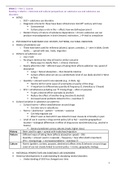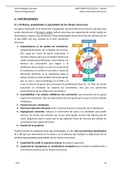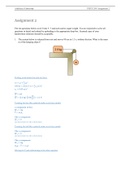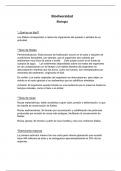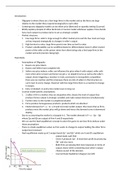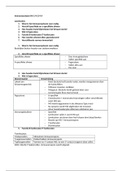Samenvatting
4.1C Addiction Summary
- Vak
- 4.1 Addiction
- Instelling
- Erasmus Universiteit Rotterdam (EUR)
This is a summary of 4.1 addiction. I added tables to summarise the main points which really helped me for the exam, I hope it helps you too!
[Meer zien]
